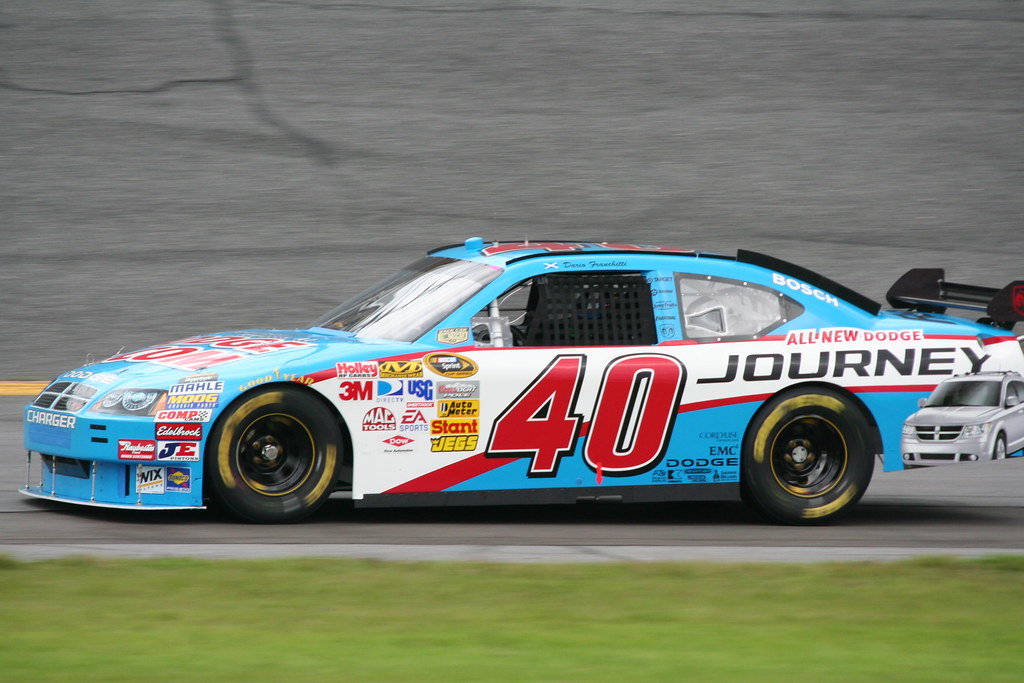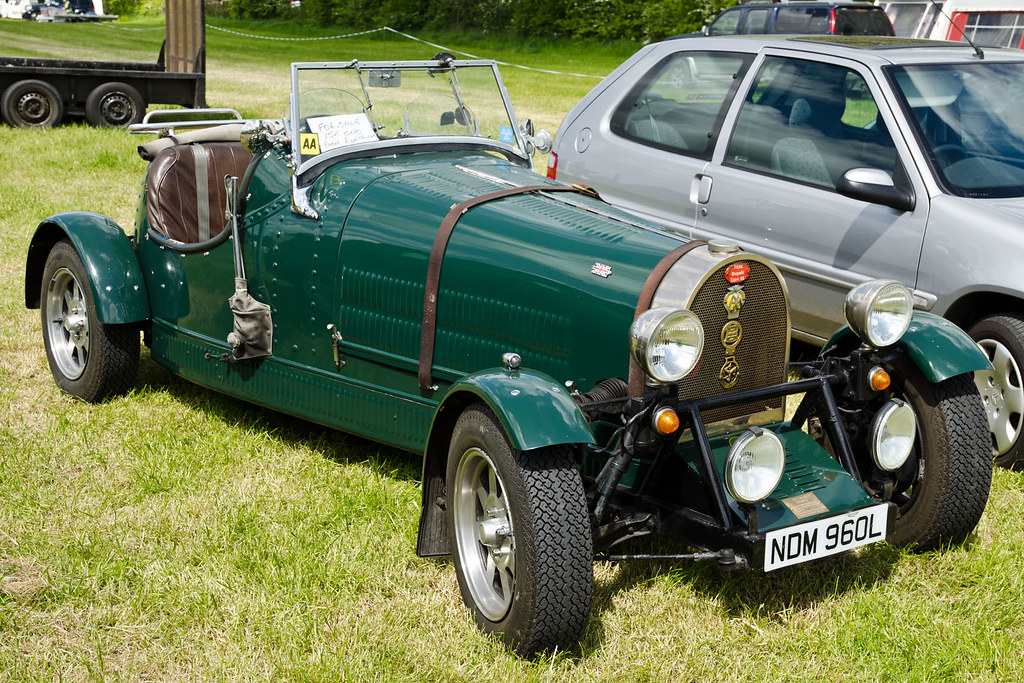
Minnesota, often celebrated for its stunning natural landscapes and vibrant communities, harbors a lesser-known but equally captivating treasure for enthusiasts: a rich tapestry of vintage truck collections. Far from being mere static displays, these collections represent a profound dedication to automotive history, preserving the ingenuity and craftsmanship that shaped American industry and culture. From humble beginnings to world-renowned destinations, the stories behind these vehicles and the people who cherish them offer a fascinating glimpse into a bygone era.
This deep dive invites us to journey through the meticulous passion of individual collectors and the ambitious scope of institutional efforts. We’ll explore how these vehicles, once the indispensable workhorses of farms, construction sites, and highways, have found new life as cherished historical artifacts. Each truck, whether a meticulously restored showpiece or a rugged survivor, carries with it a narrative of innovation, hard work, and the enduring spirit of American enterprise.
Our exploration begins with two pivotal institutions: Bob Marvin’s internationally acclaimed ‘The Shed’ in Warroad and ‘The Nuss Collection’ in Rochester, a museum dedicated to the early American Trucking Industry. Alongside these, we will examine specific examples of vintage commercial and utility vehicles that illustrate the breadth and depth of Minnesota’s vintage truck landscape, highlighting their unique features and historical significance. Prepare to be captivated by the robust beauty and compelling provenance of these remarkable machines.
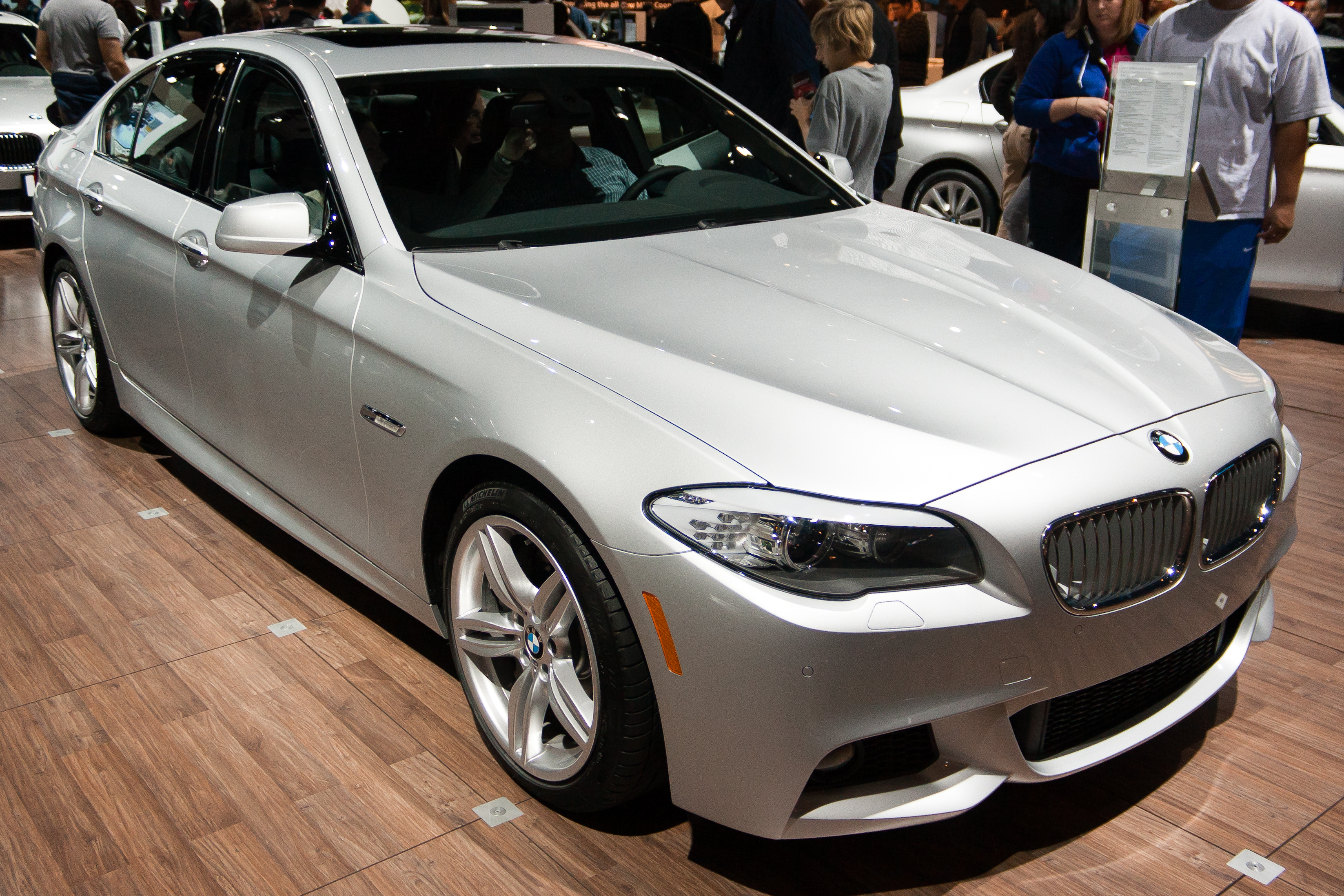
1. **The Story of The Shed: Bob Marvin’s Passion Project**The narrative of ‘The Shed’ begins not with a grand vision for a public museum, but with a deeply personal milestone and a burgeoning passion. It all started in 1981 when Bob Marvin acquired a ’65 Riviera, a prized possession he still owns today. This purchase was more than just a new vehicle; it was a personal reward, a symbol of celebrating one year of sobriety. This initial acquisition sparked an enduring love affair with automobiles, transforming what might have been a simple hobby into a monumental endeavor.
Like many who fall under the spell of classic cars, Bob Marvin became utterly enamored. He articulated his fascination by observing, “The uniqueness of the cars, the designs of them – that’s a part of Americana history. The more I get into it, going back 60-70 years ago, I see innovations that were new then that could be applied to today’s cars. It’s fun and a little history lesson in one of our country’s biggest industries.” This profound appreciation for automotive heritage, coupled with a keen eye for design and engineering, fueled his ever-growing collection.
Over the course of thirty-three years, Bob’s collection expanded dramatically to include 95 cars. This impressive growth, however, presented a significant logistical challenge: storage. As he describes it, his beloved vehicles were “literally in a dozen different places,” scattered “anywhere from 5-6 miles west, 5-6 miles east, and some north and south of Highway 11, they were all over the local area.” While a portion of these vehicles enjoyed environmentally-controlled conditions, the majority did not, prompting Bob to seek a more permanent and protective solution.
The need for a centralized, climate-controlled facility became paramount. After a period of searching and finding it difficult to settle on an existing option, Bob Marvin eventually turned to his wife, Loralee, and declared, “I need to build a shed. I need to get the cars in one spot.” This declaration marked the genesis of ‘The Shed.’ In 2008, as construction on this dedicated facility commenced, an unexpected transformation began. Curious passersby would stop to inquire and ask for a look, and from that point forward, Bob’s private storage solution “morphed into something more” – a burgeoning attraction.
Car Model Information: 1971 Buick Riviera
Caption: 1963 Buick Riviera
Name: Buick Riviera
Predecessor: Buick Super
Manufacturer: Buick
ModelYears: 1963–1993,1995–1999
Class: Personal luxury car
Categories: 1960s cars, 1970s cars, 1980s cars, 1990s cars, All articles with specifically marked weasel-worded phrases
Summary: The Buick Riviera is a personal luxury car that was marketed by Buick from 1963 to 1999, with the exception of the 1994 model year.
As General Motors’ first entry into the personal luxury car market segment, the Riviera was highly praised by automotive journalists upon its high-profile debut. It was a ground-up design on a new GM E platform debuting for the 1963 model year and was also Buick’s first unique Riviera model.
Unlike its subsequent GM E platform stablemates, the Oldsmobile Toronado and Cadillac Eldorado, the Riviera was initially a front engine/rear-wheel drive platform, switching to front-wheel drive starting with the 1979 model year.
While the early models stayed close to their original form, eight subsequent generations varied substantially in size and styling. A total of 1,127,261 Rivieras were produced.
The Riviera name was resurrected for two concept cars that were displayed at auto shows in 2007 and in 2013.
Get more information about: Buick Riviera
Buying a high-performing used car >>>
Brand: Buick Model: Riviera
Price: $22,499 Mileage: 91,150 mi.

2. **The Global Allure of The Shed: A Community Hub**True to the organic nature of genuine car culture, the reputation of ‘The Shed’ transcended local boundaries through the most powerful form of communication: word of mouth. What began as a local curiosity quickly evolved into an international phenomenon, drawing enthusiasts from far-flung corners of the globe. This spontaneous spread speaks volumes about the quality and appeal of Bob Marvin’s collection, demonstrating that a deep passion for automotive history resonates across diverse cultures and geographies.
The geographical diversity of its visitors is truly remarkable. ‘The Shed’ has welcomed people “literally, from all over the world – Swedes, Norwegians, Germans, Italians, a kid from South America.” This international contingent is complemented by “an awful lot of people from Canada,” who frequently cross the border to experience the collection. The article even recounts a specific instance: “Indeed, the day I stopped in, a man from Sydney, Australia was touring, having heard about it from his friend in Steinbach, Manitoba,” highlighting the far-reaching network of automotive enthusiasts.
Operating as a private collection, ‘The Shed’ maintains an unconventional yet charming approach to visitor access: there are no set hours. Those wishing to embark on a tour are simply invited to “call the house” at (218) 386-2485. Bob and Loralee Marvin are also conveniently listed in the Warroad phonebook, further emphasizing their approachable and personal method. Visitors are encouraged to “just tell us who you are, what day you’re going to be there and what time, and we’ll see that it’s open.” Alternatively, Rick can be reached at (218) 242-1498, or one can simply take a chance and show up, with afternoons or evenings being the optimal times.
Beyond its open-door policy, ‘The Shed’ embodies a spirit of generosity. There is no admission fee, a decision that underscores the Marvin’s commitment to sharing their passion freely. In lieu of charging for entry, Bob and Loralee extend an invitation for visitors to leave donations, which are then directed to a variety of causes they ardently support. They are widely recognized throughout the area as “strong advocates and supporters of many activities and organizations such as the American Cancer Society – Roseau Relay for Life, Breast Cancer Awareness, the Warroad Veterans’ Memorial, and the Warroad Walk to End Alzheimer’s,” cementing ‘The Shed’s’ role as not just a car haven, but a community pillar.
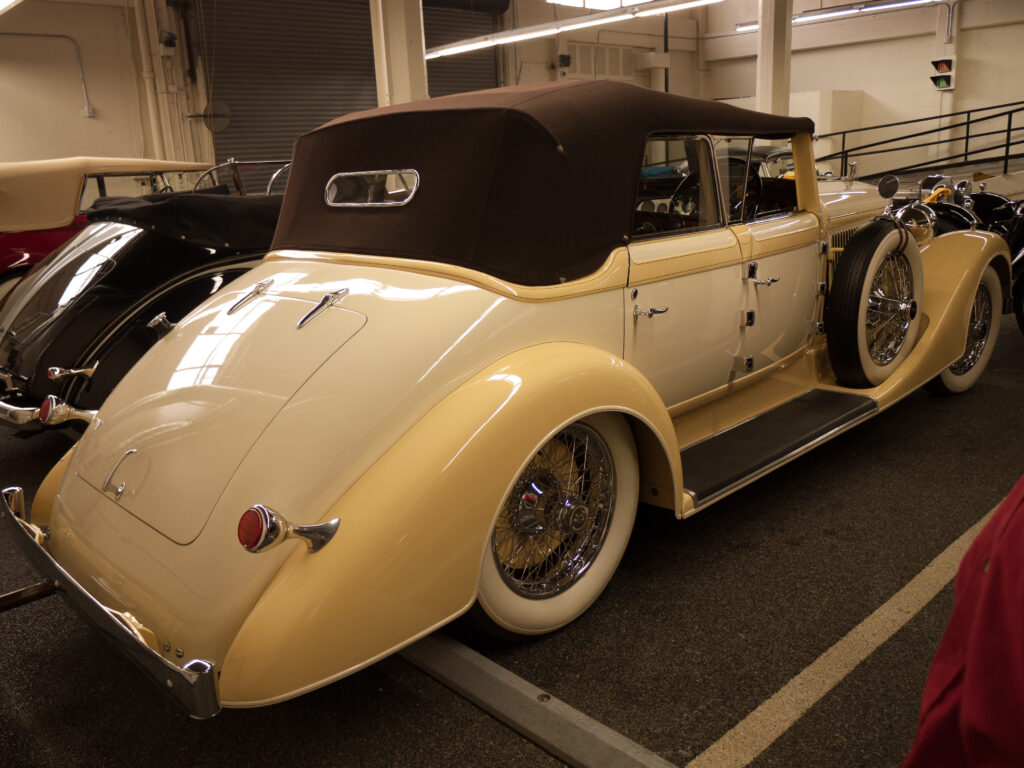
3. **Unique Treasures: Rare Finds at The Shed**The true essence of ‘The Shed’ lies in the extraordinary nature of its contents. While nearly 100 vehicles are housed within its impressive 24,000 square foot climate-controlled space, approximately 80 of these cars are considered genuinely unique. This distinction is not arbitrary; it refers to vehicles that might be the very first one off the assembly line, a rare prototype, or possess a distinctive ownership history that adds layers of provenance and intrigue to its story. These aren’t just cars; they are automotive milestones, each with a verifiable claim to historical significance.
Among these remarkable vehicles stands a particularly striking example: the pristine white 1960 Corvette bearing the VIN number 000001. This car is not just a classic; it is the genesis of a legendary model year, a tangible piece of General Motors history. Such an item encapsulates the caliber of the collection, where rarity and historical precedence are celebrated. It’s a testament to Bob Marvin’s discerning eye and dedication to preserving significant automotive legacies, offering a window into the evolution of iconic American marques.
Every vehicle within ‘The Shed’ has been meticulously “restored to capture the essence of the time period each vehicle was built in.” This commitment to authenticity extends beyond mere aesthetics. The “color schemes are original from the year the cars were made of course, but all the other little details that were featured are there as well.” This dedication ensures that visitors experience these machines as they were originally intended, a truly immersive journey back in time, appreciating the design philosophies and manufacturing standards of their respective eras.
For those with a need for speed, ‘The Shed’ also boasts an impressive lineup of muscle cars, a true “haven of automotive ‘badness’” – a playful term for some of the fastest cars ever to hit the road. Brands like “Ford, Pontiac, Dodge, even Buick have models featured” in this thrilling section of the collection. Headliners such as “GTO’s, Mustangs, and Chargers” promise to ignite the imagination of performance enthusiasts, showcasing a powerful chapter in American automotive design.
However, the ultimate treasure offered by ‘The Shed’ transcends the vehicles themselves; it’s the stories that Bob Marvin is eager to share. While visitors are welcome for a quick tour, Bob truly comes alive when recounting the provenance and anecdotes behind each car. He suggests that if one truly desires to “hear the stories behind the cars, plan to stay for an hour and a half to two hours.” His heartfelt invitation encapsulates this spirit: “If you come to town, take time, and we’ll tell you the stories.”
Read more about: 12 Film Deaths That Stayed With Us: Devastating Scenes From Cinema’s Most Unforgettable Fare
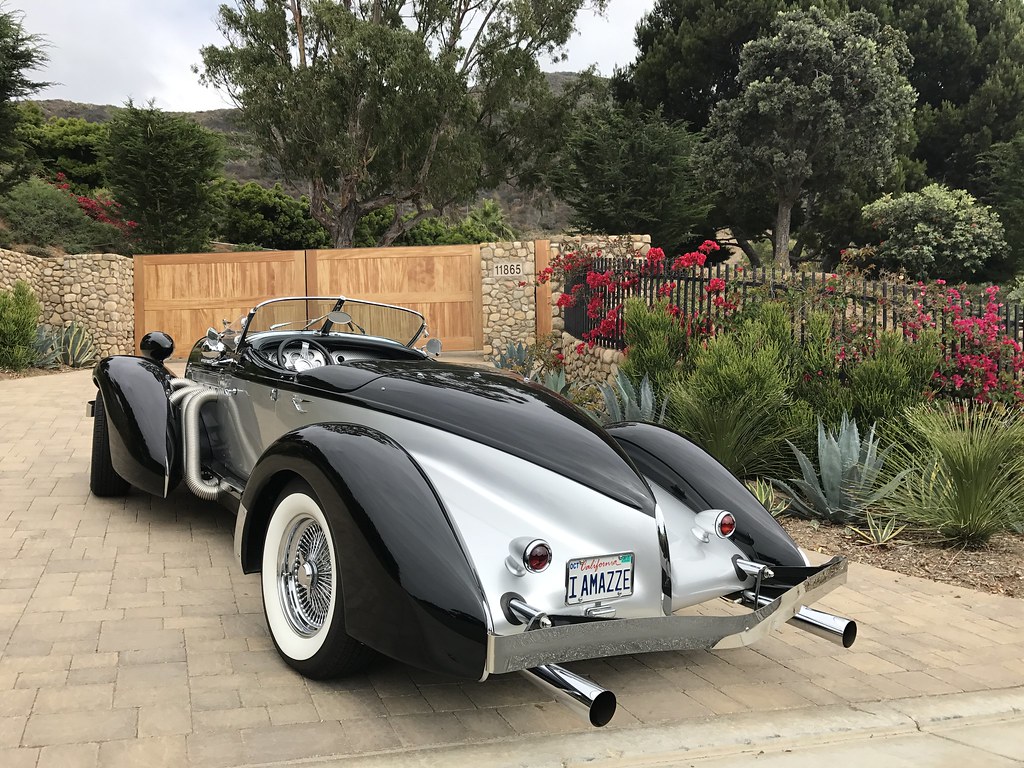
4. **The Nuss Collection: Building America’s Legacy**Moving east across Minnesota, another profound institution dedicated to America’s automotive heritage has firmly established itself in Rochester: ‘The Nuss Collection’. This new museum officially opened its doors to the public on September 25th, 2021, marking a significant moment for enthusiasts of the early American Trucking Industry. With a ribbon-cutting ceremony that heralded its arrival, ‘The Nuss Collection’ has quickly become a vital destination, inviting the public into the powerful narrative of how trucks literally built the nation.
The core mission of this Rochester-based museum is to immerse visitors “into the story of the rise of the trucking industry, celebrating the vintage vehicles that built America and honor the many inspirational individuals who worked to preserve its legacy.” It’s a comprehensive tribute to the machines and the people who drove them, acknowledging the foundational role trucking played in the country’s development. The collection serves as a living history book, chronicling the evolution of a critical industry.
At the heart of ‘The Nuss Collection’ lies a deeply rooted family passion. Greg Nuss, Executive Vice President/COO of Nuss Truck & Equipment, explains, “Growing up around Mack Trucks, the deep history of American Trucking has been a part of our family for years.” This lifelong connection evolved beyond a simple interest, as he further elaborates: “Our passion for preserving old historic trucks has become much more than a hobby. It has become an incredible opportunity to share the history and American legacy, preserving it for many generations to enjoy with the new museum.” This personal commitment underscores the authenticity and depth of the collection.
Echoing the community-focused ethos seen elsewhere, ‘The Nuss Collection’ prioritizes accessibility. “Private tours are available on request and admission is free,” ensuring that this valuable historical resource is available to everyone. Operating as a non-profit foundation 501(c)(3), it also welcomes contributions, stating that “donations can be made to the museum by contacting rnuss@nussgrp.com.” This structure allows the museum to continue its vital work of preservation and education, supported by a community that values its unique contribution to historical understanding.

5. **Mack Trucks: The Heart of The Nuss Collection**The bedrock of ‘The Nuss Collection’ is undeniably its profound emphasis on Mack Trucks, a brand synonymous with ruggedness and innovation in American heavy-duty transport. The Nuss family’s connection to Mack runs deep, extending over six decades in the trucking and service industry. As they proudly state, “As they celebrate 60+ years in the trucking and service industry, the Nuss family and Nuss Truck & Equipment are proud to share The Nuss Collection,” highlighting a legacy intertwined with the very fabric of American commerce.
This meticulously curated collection stands as a powerful “tribute to the trucking industry of the early to mid-1900s,” a pivotal period that witnessed the rapid growth and technological advancement of commercial vehicles. More specifically, the collection traces its origins “Beginning with the early inventions from Mack Trucks, Inc.,” underscoring the pioneering role this manufacturer played in shaping the industry. It’s a journey through mechanical ingenuity, showcasing how early designs evolved to meet the increasing demands of a burgeoning nation.
Through its comprehensive exhibits, ‘The Nuss Collection’ vividly “follows the story of American innovation and the pioneering vehicles that built our iconic infrastructure from the first skyscrapers to the national highway system.” This narrative is brought to life by story-based exhibits that provide context and highlight the monumental tasks these trucks performed. Imagine seeing one of “the trucks that built the Hoover Dam!” – a testament to the sheer power and dependability of these machines in laying the foundation of modern America.
The dedication to preservation is evident in every vehicle. The museum features “carefully preserved antique Mack trucks and construction vehicles,” each one a testament to an era when robustness and capability were paramount. The collection “salutes the powerful machines responsible for Building America and every truckload in between,” acknowledging their tireless contribution to economic growth and infrastructural development. These aren’t just vehicles; they are monuments to industrial progress.
Greg Nuss’s personal dedication has been the driving force behind this impressive assembly. “The Nuss Collection has been the longtime passion project of Greg Nuss who began the collection over 30 years ago.” Now, permanently housed in Rochester and accessible to the public upon request, it serves as a lasting educational and inspirational resource. For those seeking more than just a glimpse, commemorative apparel and gift items are also available for sale, allowing visitors to take a piece of this rich history home.
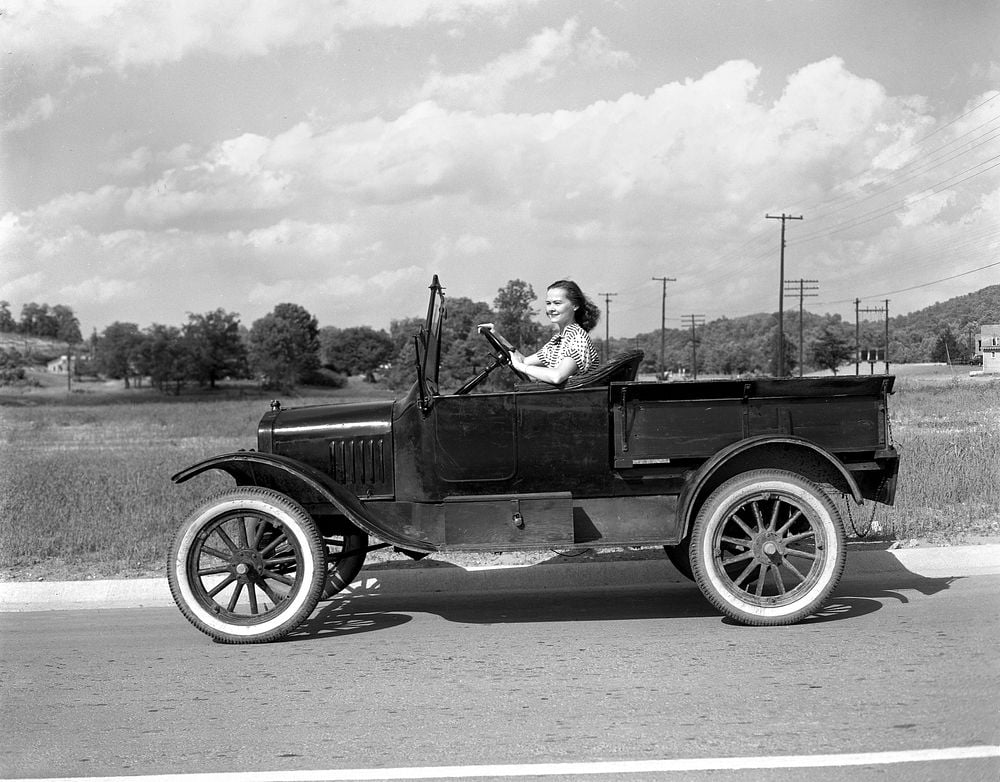
6. **The Workhorse Legacy: Early 20th Century Commercial Vehicles**Beyond the curated grandeur of dedicated collections, Minnesota’s vintage truck landscape also features a vibrant market of individually owned and preserved commercial vehicles from the early 20th century. These trucks represent the unsung heroes of a rapidly industrializing nation, forming the backbone of commerce and construction long before modern logistics took hold. Their stories are etched in their robust frames and utilitarian designs, speaking of a time when durability and raw power were paramount.
One such historical artifact that surfaces in the listings is a “restored 1942 Ford Truck with Gravel Box.” This vehicle is a prime example of the specialized machinery that facilitated the massive infrastructure projects of its era. With a stated “8,100 miles” and a manual transmission, it speaks to a life of arduous work. The description confirms its operational integrity: “The gauges all work and truck has a hoist that works.” This detail is crucial, emphasizing its continued functionality as a piece of living history, a testament to Ford’s wartime engineering prowess and its role in moving raw materials.
Another significant specimen from this period is the “1945 Chevrolet FlatBed 1 1/2 Ton.” Originating “out of South Dakota,” this truck carries with it the spirit of post-World War II America, a time of rebuilding and renewed industry. The fact that it comes with a “title and collector plates” highlights its recognition as a valuable historical item, no longer just a work vehicle but a cherished piece of Americana. The 1 1/2 ton capacity indicates its substantial carrying power, crucial for agricultural and local transport needs in the immediate post-war years.
Complementing these, the “1946 Chevrolet 3600 1.5 Ton” with a “235 6 Cyl Nice Cab Extra Front Fenders Included” further illustrates the diverse range of early commercial trucks. These vehicles were built for purpose, with no frills, designed to withstand the rigors of heavy use. They represent the foundational elements of modern trucking, embodying the strength and simplicity that characterized American engineering during a period of immense growth and development. These trucks, whether for gravel, flatbed, or general hauling, were the muscle that built and moved a burgeoning nation.
Read more about: Why the U.S. Navy’s Fastest Ship Can’t Hunt Submarines: An In-Depth Look at ASW’s Enduring Technical Hurdles
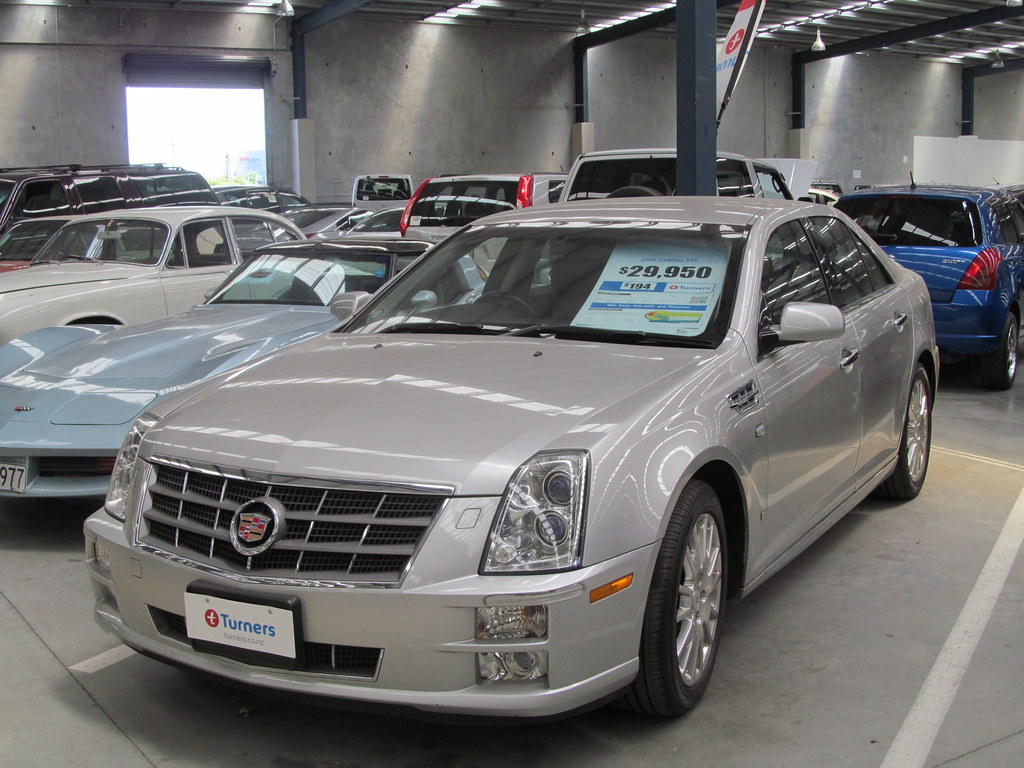
7. **Farm & Utility Powerhouses: Ford F-Series and Other Work Trucks**When delving into the world of vintage trucks, one cannot overlook the enduring legacy of vehicles specifically designed for farm work and heavy-duty utility. These trucks, often less glamorous than their muscle car counterparts, were the backbone of rural economies and small businesses, performing essential tasks with unwavering reliability. Their continued presence in collections and for sale is a testament to their robust construction and the deep affection they inspire among those who appreciate genuine utility.
Consider the “1951 Ford F2 3/4-ton Stake bed.” This description paints a vivid picture of a classic farm truck – practical, sturdy, and built to last. The listing highlights its functional readiness: “Runs great…. 351ci 4-speed man transmission shifter on the floor the brakes are good runs good.” While acknowledging some cosmetic imperfections like “some rust around the head lamps,” its core integrity is affirmed with “the floors are solid nice farm truck.” This F2 embodies the quintessential post-war utility vehicle, adapted for diverse hauling needs, from agricultural produce to equipment.
Stepping forward in time, the “1968 Ford F500” represents a heavier class of utility truck. Described as featuring a “330 V8” engine and a “Steel box with hoist,” this vehicle was engineered for more demanding tasks than a typical pickup. The inclusion of a hoist signals its purpose in handling bulk materials, whether on a construction site, a municipal project, or a large farm. Its “Good tires” suggest it remained operational and well-maintained, ready for the challenges of its working life, though the mention of “Water tank not included” subtly hints at a previous, specialized role.
These Ford F-series and similar utility trucks illustrate a pivotal aspect of vintage vehicle collecting: an appreciation for function and heritage. They are not merely objects of nostalgia; they are tangible links to an era when vehicles were expected to be durable, repairable, and utterly dependable. Their continued existence, often in surprisingly good working order, speaks volumes about the quality of their original construction and the care of their owners. These workhorses are celebrated for their authentic contributions to American life, carrying the weight of history in their strong frames and powerful engines.
Navigating deeper into Minnesota’s remarkable automotive landscape, our journey now shifts to spotlight specific iconic pickup trucks and the intricate elements that make vintage truck collecting such a rich and rewarding pursuit. From the rugged capabilities of the Chevrolet K-Series to the timeless appeal of the C-Series, and the enduring presence of classic Ford models, we uncover the specialized features that defined an era of innovation. We also explore the meticulous craft of restoration and the profound passion that fuels collectors, ensuring these mechanical marvels continue to inspire for generations to come.
Car Model Information: 2019 Ford F-150 XLT
Name: Ford F-Series
Caption: 2022 Ford F-150 Lariat Luxury
Manufacturer: Ford Motor Company
Aka: Ford Lobo (Mexico, 1992–present)
Production: 1948–present
Class: Pickup truck#Full-size pickup truck
Layout: Front-engine, rear-wheel-drive layout,rear-wheel drive
Predecessor: 1941 Ford
Categories: All-wheel-drive vehicles, All Wikipedia articles written in American English, All articles that may contain original research, All articles with unsourced statements, Articles that may contain original research from September 2020
Summary: The Ford F-Series is a series of light-duty trucks marketed and manufactured by the Ford Motor Company since model year 1948 as a range of full-sized pickup trucks — positioned between Ford’s Ranger and Super Duty pickup trucks. Alongside the F-150 (introduced in 1975), the F-Series also includes the Super Duty series (introduced in 1999), which includes the heavier-duty F-250 through F-450 pickups, F-450/F-550 chassis cabs, and F-600/F-650/F-750 Class 6–8 commercial trucks.
Get more information about: Ford F-Series
Buying a high-performing used car >>>
Brand: Ford Model: F-Series
Price: $27,775 Mileage: 101,544 mi.

8. **Chevrolet K-Series Pickups: The Enduring Spirit of 4×4 Dominance**The Chevrolet K-Series pickups stand as a formidable testament to American engineering, particularly in the realm of four-wheel-drive capability. These trucks, built for rugged terrain and demanding tasks, have carved out a legendary reputation for their robustness and versatility. Their presence in Minnesota’s vintage truck market, both as featured listings and recently sold examples, underscores their enduring appeal to enthusiasts who value genuine utility and off-road prowess.
A prime example is the 1977 Chevrolet K-20 4×4 Pickup Truck, described as having a “Really Nice Older Restoration.” This particular model showcases a powerful configuration, featuring a “454 Big Block With Solid Lifters,” a “4BBL Carburetor,” and a “Mild Cam,” paired with a “3 Speed Automatic Transmission With ‘GV’ 2-Spd” overdrive. Such specifications reveal a truck built not just for work, but also for performance, embodying the era’s blend of raw power and emerging comfort. Its status as a featured listing highlights its desirability in the collector’s market.
Another 1977 Chevrolet K20, which has since been sold, further illuminates the dedication involved in preserving these vehicles. This truck was “built from the ground up” by its owner, who meticulously kept “receipts for the parts purchased.” The heart of this machine was a “383 Stroker” engine, custom-built from a 1969 Camaro’s 350 cubic inch block, featuring a 4-bolt main and a 2-piece rear seal. This level of detail speaks to the deep personal investment and technical expertise that collectors often pour into their projects, transforming a vehicle into a personalized statement of automotive artistry.
The K-Series lineage extends beyond the 70s, as evidenced by a sold 1991 Chevrolet K1500 Stepside. This later model, equipped with a “Meyers Plow,” highlights the series’ adaptability for specialized tasks like snow removal, crucial in regions like Minnesota. The description notes a comprehensive refurbishment in Spring 2020, including a “Reconditioned Body, Rockers, Cab Corners, Fresh Paint,” along with “Tons New Tires, Clutch, Low Mileage Replacement Engine 65K Miles,” and all new front rotors, calipers, hoses, and rear components. This K1500 exemplifies how K-Series trucks were not only built tough but also continuously maintained and upgraded to remain indispensable workhorses for decades.
Car Model Information: 2023 Hyundai PALISADE Calligraphy
Categories: Articles with short description, Chevrolet trucks, Pickup trucks, Short description is different from Wikidata, Truck-related lists
Summary: Chevrolet has produced full sized pickup trucks under many nameplates and platforms. Almost all Chevrolet branded vehicles were also available under the GMC brand as well.
Get more information about: List of Chevrolet pickup trucks
Buying a high-performing used car >>>
Brand: Chevrolet Model: K-Series Pickups
Price: $32,135 Mileage: 69,109 mi.
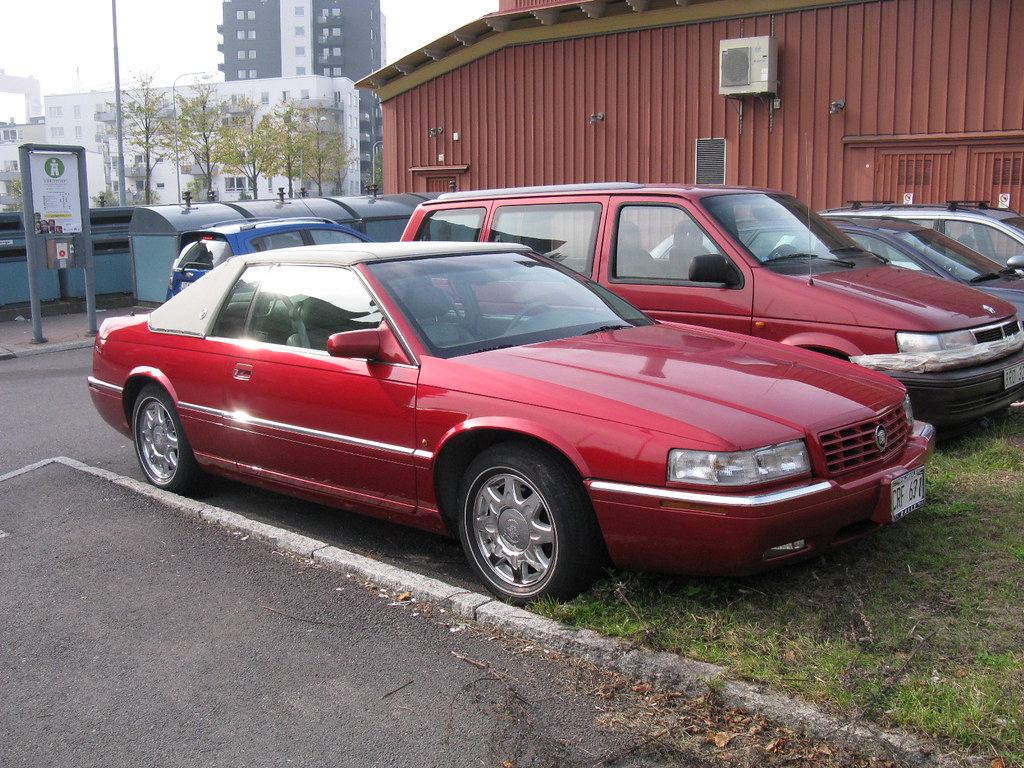
9. **The Enduring Charm of Chevrolet C-Series Trucks: Versatility in Action**Beyond the rugged K-Series, Chevrolet’s C-Series trucks represent another cornerstone of vintage American utility, characterized by their rear-wheel-drive configurations and widespread adoption across various civilian applications. These trucks, ranging from half-ton C10s to three-quarter-ton C20s, offered a blend of practicality, style, and reliability that endeared them to generations of owners, from farmers and small businesses to everyday drivers. Minnesota’s vintage truck listings proudly feature several noteworthy C-Series examples, each with its own compelling story.
A 1968 Chevrolet C20, originating “from North Dakota,” reveals its working heritage through its specialized features. This three-quarter-ton pickup was equipped with a “2 yard dump box,” a testament to its heavy-duty capabilities, likely used for hauling materials in construction or agriculture. The owner was actively using it until a month prior to its listing, when the clutch gave out, indicating its functional history. Such details offer a glimpse into the active life these trucks led, serving as indispensable tools that were continuously relied upon.
Moving to the iconic C10, a 1970 Chevrolet CST 10 from “Western North Dakota” captures the attention of enthusiasts. While the original engine was no longer present, its replacement came “from a good running and driving, 1972 Chevrolet pickup,” a common practice among collectors maintaining operational vehicles. The inclusion of a clear title is always a significant asset, affirming its provenance and making it a desirable acquisition for those looking to continue its legacy. This C10, even with a swapped engine, retains the classic lines and spirit of its era, embodying a popular choice for customization and appreciation.
The 1985 Chevrolet C10 from Montana stands out as a “very, very solid” example, a highly prized characteristic in vintage vehicles, especially those from regions less prone to severe rust. Its “cab corners were replaced,” addressing a common area of wear, indicating prior attention to its structural integrity. Although initially purchased “with no motor,” it received a fully functional “engine and tranny” from a 1983 Chevy van with only 60,000 miles, highlighting resourceful restoration efforts. This C10 illustrates how these trucks, even when needing significant work, are seen as worthy investments for their inherent value and potential for renewed life.
Adding to the C-Series narrative is a 1979 Chevrolet C10 pickup, also from North Dakota, described as having “some rust, but not bad.” The listing reassuringly states, “It starts and runs and drives and stops,” indicating its fundamental operational status. However, it also honestly notes that it “has not been used much these past few years,” suggesting the need for a thorough inspection before undertaking long journeys. This transparency is crucial in the vintage market, allowing buyers to understand the current condition and the journey required to bring these enduring vehicles back to their prime, emphasizing the continuous dedication that vintage truck ownership demands.
Car Model Information: 2025 Chevrolet Corvette Stingray w/3LT
Name: Chevrolet and GMC C/K
Caption: 1986 GMC C-3500 Sierra Classic 3+3
Manufacturer: General Motors
Aka: GMC C/K,Chevrolet/GMC Full-Size Pickup,Chevrolet Silverado (1975–2002),GMC Sierra (1972–2002)
Production: 1959–2002 (United States),1959–2000 (Canada),1965–2002 (Mexico),1964–2001 (Brazil),1975–1982 (Chile), 1960–1991 (Argentina)
Class: Pickup truck,Medium-duty truck
Predecessor: Chevrolet Task Force
Successor: Chevrolet Silverado
ModelYears: 1960–2000 (C/K pickup trucks)
Categories: Articles with short description, CS1 Portuguese-language sources (pt), Cars introduced in 1959, Chevrolet trucks, Commons category link is on Wikidata
Summary: The Chevrolet C/K is a series of trucks that was manufactured by General Motors from the 1960 to 2002 model years. Marketed by both the Chevrolet and GMC divisions, the C/K series encompassed a wide range of vehicles. While most commonly associated with pickup trucks, the model line also included chassis-cab trucks and medium-duty trucks and served as the basis for GM full-size SUVs. Through its entire production, the model line competed directly against the Ford F-Series and the Dodge D series (later the Dodge Ram pickup).
Used for both the model branding and the internal model code, “C” denoted two-wheel drive, while “K” denoted four-wheel drive. Four generations of the C/K series were produced, including the GM monikered second-generation “Action Line” and third-generation “Rounded Line” vehicles (colloquially aka Square-Body trucks). For the fourth-generation (colloquially also known as OBS trucks), Chevrolet kept using the C/K designation while GMC revised its branding, changing to a singular GMC Sierra nameplate (C/K remained as an internal model code).
For South America, the model line was manufactured by General Motors de Argentina from 1960 to 1978, Sevel Argentina from 1986 to 1991, and General Motors Brazil, who produced versions of the model line for Brazil, Argentina, and Chile from 1964 to 2001.
As GM entered the 1990s, the company revised its truck ranges, replacing the medium-duty C/K trucks with the Chevrolet Kodiak/GMC TopKick for 1990. For 1999, GM replaced the fourth-generation C/K pickup trucks with an all-new model line; in line with GMC, Chevrolet dropped the C/K nameplate (in favor of a singular Chevrolet Silverado nameplate). Initially marketed with its successor, the final C/K pickup trucks were produced for the 2000 model year. From 2001 to 2002, the final vehicles of the C/K model line were medium-duty chassis cab trucks.
Get more information about: Chevrolet C/K
Buying a high-performing used car >>>
Brand: Chevrolet Model: C-Series
Price: $92,990 Mileage: 3,779 mi.

10. **Classic Ford Pickups: Expanding the Iconic Legacy**While the Ford F-Series has already been celebrated for its utility prowess, the breadth of classic Ford pickups extends into diverse models and eras, each contributing significantly to American automotive history. These trucks, from different F-Series designations to unique configurations, offered varying levels of capability and design, appealing to a wide spectrum of buyers and tasks. Their presence within Minnesota’s vintage listings reinforces the brand’s enduring popularity and the collector community’s appreciation for its multifaceted heritage.
The 1961 Ford F250, an “Arizona Truck,” immediately signals its potential for minimal rust due to its dry climate origin, a highly sought-after trait among restorers. This particular F250 boasts an “Interceptor Motor” and a “352 police interceptor 4-speed truck transmission,” hinting at a robust powertrain designed for demanding performance, possibly even in a fleet or municipal capacity. The mention that “Restoration started many years ago” suggests a long-term project, a common scenario in the world of vintage vehicles where passion often precedes completion, yet the solid foundation with “No rust” and “Little putty from a dent above right front headlight” makes it an attractive candidate for dedicated enthusiasts.
Moving to a slightly later era, the 1968 Ford F100, featuring a “Windsor. 351” engine, represents a popular choice for those seeking a blend of classic aesthetics and respectable performance. Its description, “New paint. No rust. Never seen salt,” is a testament to meticulous care or fortunate provenance from a benign climate. The inclusion of “Rocker shot bed liner/ Slicks / custom truck” suggests it has undergone personalized modifications, transforming it from a mere utility vehicle into a custom showpiece or performance-oriented machine, albeit with a note that it “needs some front work. All parts there,” indicating a project nearing completion or requiring final touches.
Another intriguing example is a 1972 Ford Pickup, a half-ton model that, while “not been running for many years,” is noted as originating from “Western North Dakota,” suggesting a favorable rust situation. The engine is identified as a “360 V-8,” a respectable powerplant for its time. This truck represents a canvas for restoration, requiring “some work to get it going” and needing a “grill replaced” along with some trim work. Such vehicles are often ideal for collectors who enjoy the hands-on process of bringing a forgotten classic back to life, understanding the rewarding journey of mechanical revival and historical preservation that these Fords offer.
Car Model Information: 2019 Ford F-150 XLT
Name: Ford F-Series
Caption: 2022 Ford F-150 Lariat Luxury
Manufacturer: Ford Motor Company
Aka: Ford Lobo (Mexico, 1992–present)
Production: 1948–present
Class: Pickup truck#Full-size pickup truck
Layout: Front-engine, rear-wheel-drive layout,rear-wheel drive
Predecessor: 1941 Ford
Categories: All-wheel-drive vehicles, All Wikipedia articles written in American English, All articles that may contain original research, All articles with unsourced statements, Articles that may contain original research from September 2020
Summary: The Ford F-Series is a series of light-duty trucks marketed and manufactured by the Ford Motor Company since model year 1948 as a range of full-sized pickup trucks — positioned between Ford’s Ranger and Super Duty pickup trucks. Alongside the F-150 (introduced in 1975), the F-Series also includes the Super Duty series (introduced in 1999), which includes the heavier-duty F-250 through F-450 pickups, F-450/F-550 chassis cabs, and F-600/F-650/F-750 Class 6–8 commercial trucks.
Get more information about: Ford F-Series
Buying a high-performing used car >>>
Brand: Ford Model: F-Series
Price: $27,775 Mileage: 101,544 mi.
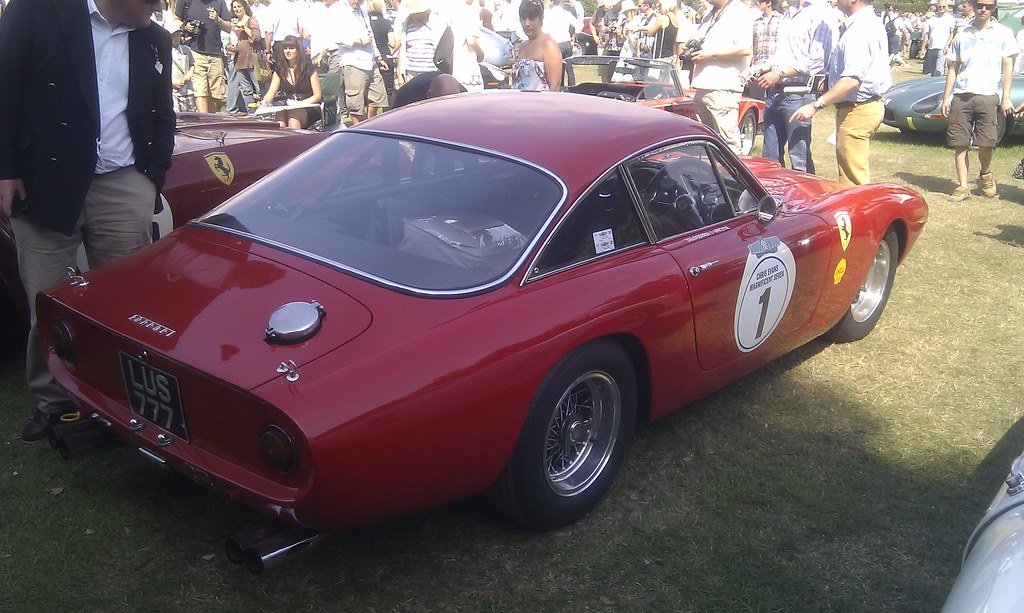
11. **Specialized Features: Celebrating Innovation and Purpose-Built Design**Beyond their foundational chassis and powertrains, vintage trucks often captivate enthusiasts with their specialized features, which reveal the ingenious solutions devised for the particular demands of their working lives. These purpose-built additions not only demonstrate the practicality and adaptability of early truck design but also highlight the diverse economic and industrial needs of the eras they served. From hauling heavy loads to tackling snow, these features are integral to the provenance and operational history of each vehicle.
The “1942 Ford Truck with Gravel Box” is a prime example of a specialized commercial vehicle designed for material transport. The presence of a “Gravel Box” immediately signifies its role in construction, infrastructure development, or aggregate delivery. Crucially, the listing notes that “truck has a hoist that works,” affirming its full operational capability and mechanical integrity, allowing it to perform its original function. This feature speaks volumes about the advanced utility available even during wartime production, where efficiency was paramount.
The heavy-duty nature of commercial tasks is further underscored by the “1968 Chevrolet C20” and its “2 yard dump box.” This feature transformed a standard pickup into a robust tipper truck, capable of efficiently unloading loose materials. Such a design was invaluable for contractors, landscapers, and municipal services, streamlining operations and maximizing productivity. The dump box on this C20 is a tangible link to an era when trucks were expected to be versatile, powerful, and adaptable to a multitude of demanding jobs.
For confronting harsh winter conditions, the “1991 Chevrolet K1500 Stepside With Meyers Plow” showcases a vital specialization. The inclusion of a “Meyers Plow” indicates its role in snow removal, an essential service in snowy climates like Minnesota. This addition converts the K1500 into a dedicated winter workhorse, demonstrating the practical modifications made to adapt trucks for specific environmental challenges. It’s a testament to how these vehicles were equipped to maintain functionality and support communities year-round.
Beyond these utilitarian additions, performance-oriented features also tell a story of specialized design. The “1961 Ford F250” featuring an “Interceptor Motor” and a “352 police interceptor 4-speed truck transmission” points to a vehicle built for higher performance and durability, potentially for emergency services or demanding fleet applications. These specialized engines and robust transmissions provided the necessary power and reliability for tasks requiring more than standard capability. Collectively, these features offer a captivating look into the functional evolution of vintage trucks, showcasing how innovation was always at the forefront of their design.
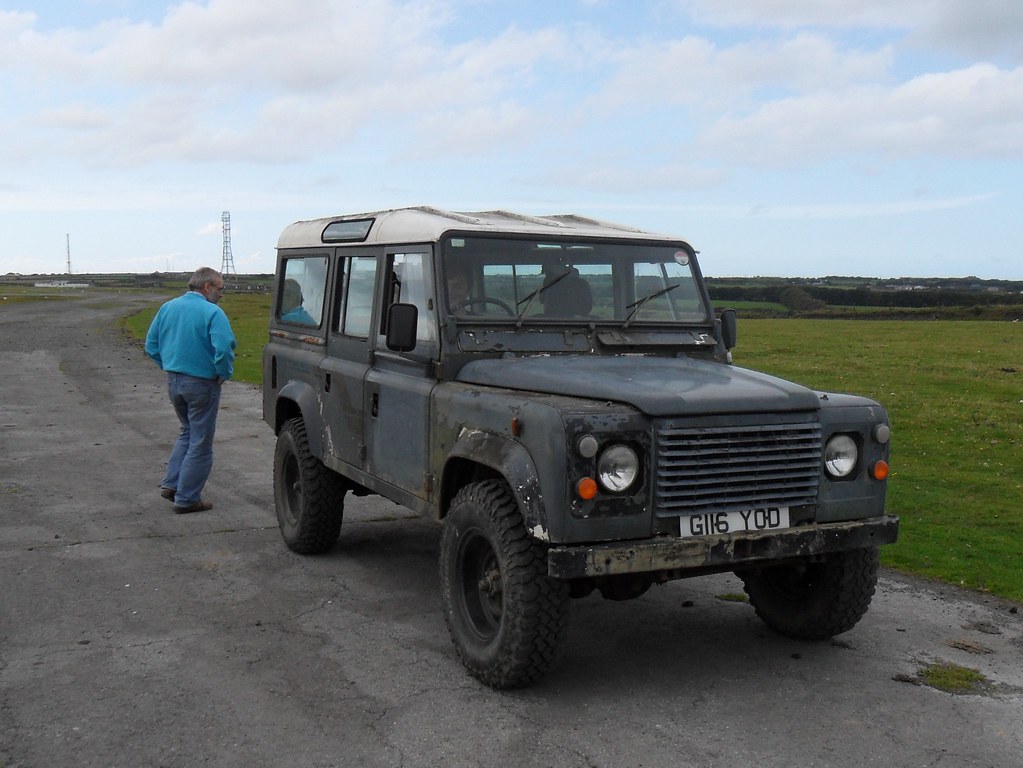
12. **The Art of Restoration: Bringing Automotive History Back to Life**The journey of a vintage truck from a dormant artifact to a gleaming testament of its era is often a labor of love, a meticulous process known as restoration. This art form goes far beyond simple repairs; it is a dedicated commitment to historical accuracy, mechanical integrity, and the preservation of automotive heritage. Minnesota’s vintage truck community deeply appreciates this craft, with countless examples showcasing the transformative power of a well-executed restoration.
One striking example of this dedication is seen in the “1977 Chevrolet K20” where the owner “built this… from the ground up” and carefully retained “receipts for the parts purchased.” This comprehensive approach signifies a complete overhaul, where every component is addressed, repaired, or replaced to factory specifications or improved standards. The meticulous documentation of parts further emphasizes the serious, expert-level commitment to authenticity and quality, distinguishing a true restoration from a mere fix-up.
Structural integrity is often a primary focus, as demonstrated by the “1991 Chevrolet K1500 Stepside,” which underwent a “Body Reconditioned, Rockers, Cab Corners, Fresh Paint Refurbished Truck Spring Of 2020.” Addressing common areas like rockers and cab corners, which are prone to rust, ensures the vehicle’s longevity and aesthetic appeal. The fresh paint then provides the crowning visual finish, bringing the truck back to a condition that rivals its original showroom appearance, making it a proud representative of its model year.
The depth of restoration can also span years, as hinted by the “1961 Ford F250” where “Restoration started many years ago.” This acknowledges the significant time, effort, and financial investment often required to bring an older, potentially neglected vehicle back to its former glory. Such long-term projects are not just about fixing; they are about an immersive historical engagement, learning the nuances of a specific model, and painstakingly sourcing era-appropriate parts to ensure fidelity to its original design and function.
As highlighted by ‘The Shed’ in Warroad, the goal of these efforts is to have vehicles “restored to capture the essence of the time period each vehicle was built in.” This means ensuring that “color schemes are original from the year the cars were made of course, but all the other little details that were featured are there as well.” This commitment to authentic details, from interior finishes to engine bay components, ensures that each restored truck is not just a vehicle, but a living, breathing piece of history, offering an authentic glimpse into the automotive craftsmanship of its original era.
Read more about: Revive Your Dream Ride: 14 Indispensable Insights for First-Time Classic Car Restorers
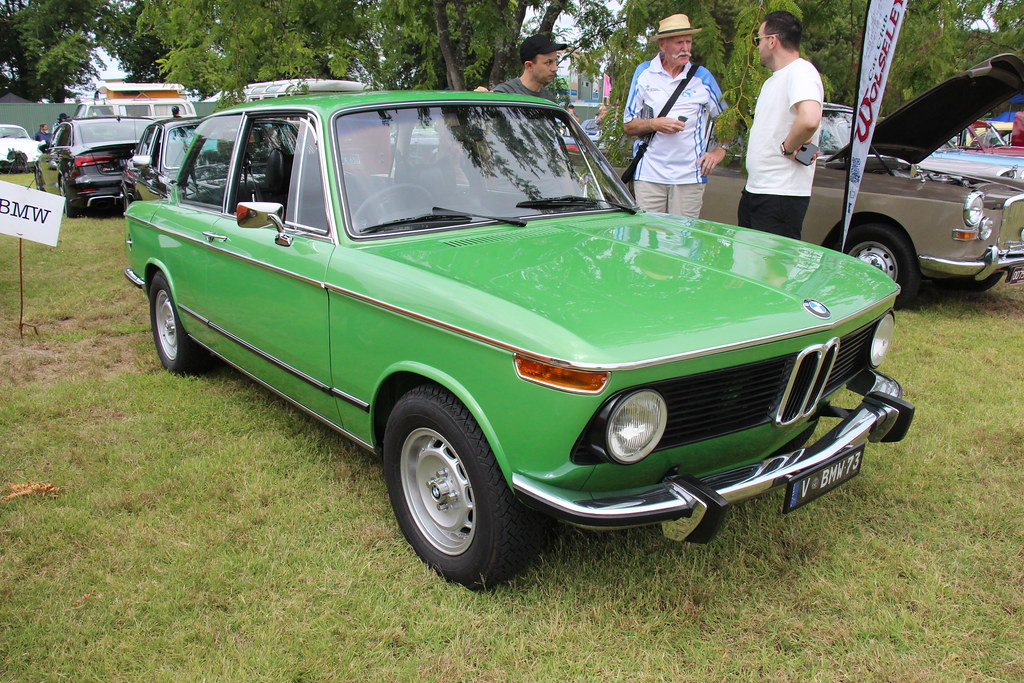
13. **The Collector’s Journey: Passion, Provenance, and Community**The heart of Minnesota’s vibrant vintage truck scene beats with the passion of its collectors – individuals who see beyond mere metal and rubber, recognizing the profound historical and cultural significance embedded in each vehicle. Their journey is one of discovery, meticulous preservation, and an eager desire to share the rich narratives that accompany these automotive treasures. This shared enthusiasm for provenance and heritage creates a strong, supportive community.
For many, like Bob Marvin, the fascination is deeply rooted in an appreciation for Americana. He eloquently captures this sentiment, observing, “The uniqueness of the cars, the designs of them – that’s a part of Americana history. The more I get into it, going back 60-70 years ago, I see innovations that were new then that could be applied to today’s cars. It’s fun and a little history lesson in one of our country’s biggest industries.” This perspective transforms collecting into an educational endeavor, a way to connect with the industrial ingenuity that shaped the nation.
Similarly, Greg Nuss’s lifelong connection to Mack Trucks, fostered “Growing up around Mack Trucks,” evolved into a profound mission. He notes, “Our passion for preserving old historic trucks has become much more than a hobby. It has become an incredible opportunity to share the history and American legacy, preserving it for many generations to enjoy with the new museum.” This illustrates the transition from personal interest to a broader commitment to public education and the enduring legacy of American enterprise.
A defining characteristic of these collectors is their eagerness to share the stories behind their vehicles. Bob Marvin, for instance, emphasizes that while quick tours are welcome, the real experience comes from delving into the narratives. He advises, “If you want to hear the stories behind the cars, plan to stay for an hour and a half to two hours,” and extends a heartfelt invitation: “If you come to town, take time, and we’ll tell you the stories.” This emphasis on narrative highlights how each truck is a vessel for history, awaiting the right enthusiast to bring its past to life.
The continuous cycle of buying and selling vintage trucks, as seen in the various “Featured Listing” and “SOLD” entries, further demonstrates the dynamic nature of this passionate community. Each transaction represents a new chapter in a truck’s life, a transfer of custodianship where a vehicle moves from one enthusiast who has nurtured it to another who will continue its journey of preservation and appreciation. This ongoing engagement ensures that the legacy of these magnificent machines endures, connecting generations through their shared love for automotive history.
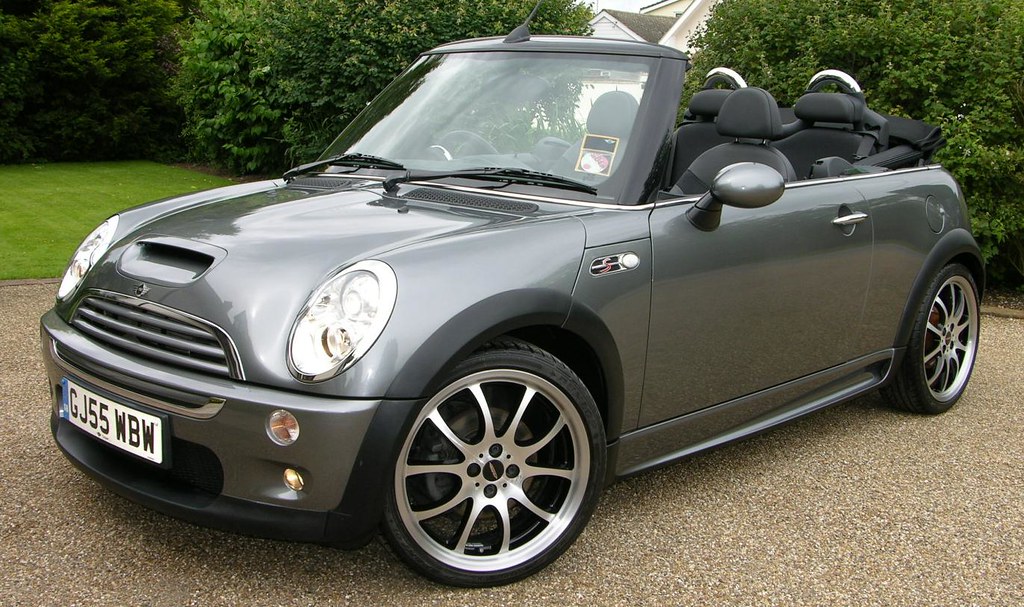
14. **Minnesota’s Enduring Legacy: A Haven for Truck Enthusiasts**As our extensive exploration of Minnesota’s vintage truck landscape draws to a close, it becomes abundantly clear that the state is far more than just a geographic location; it is a vibrant haven, a living museum, and a dynamic community for automotive enthusiasts. From the meticulously curated public and private collections to the individual treasures found in online listings, Minnesota truly offers an unparalleled journey into the heart of American trucking history. This rich tapestry of vehicles, stories, and passionate individuals cements its status as a must-visit destination for anyone who appreciates the legacy of these powerful machines.
The depth and variety of vehicles showcased within the state are truly impressive, spanning early 20th-century commercial giants, iconic farm and utility trucks, and beloved classic pickups from Chevrolet and Ford. Each truck, whether a rugged workhorse or a masterfully restored showpiece, carries with it a piece of America’s industrial and cultural past. They are tangible links to an era when design was driven by durability, innovation by necessity, and craftsmanship by a relentless pursuit of reliability, all celebrated and preserved by a dedicated network of enthusiasts.
Beyond the sheet metal and roaring engines, it is the spirit of the collectors and institutions that truly defines Minnesota’s vintage truck scene. Individuals like Bob Marvin and the Nuss family embody a profound commitment to not only acquiring and restoring these vehicles but also to sharing their stories and educating new generations. Their generosity, whether through open-door policies or the establishment of non-profit museums, transforms private passions into public legacies, fostering a vibrant community where history is not just observed but actively experienced and cherished.
Minnesota stands as a shining example of how automotive heritage can be passionately preserved and actively celebrated. It’s a place where the echoes of powerful engines and the tales of tireless work continue to resonate, inviting enthusiasts from around the globe to connect with a pivotal chapter of American innovation. So, for those who harbor a deep appreciation for the trucks that built and moved a nation, a visit to Minnesota offers an immersive, educational, and deeply rewarding experience—a chance to witness history in motion and partake in a timeless automotive legacy.

